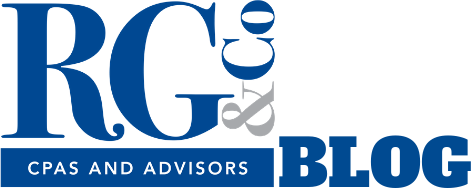By Karl Swan, CPA, and Apollo Ruiz Del So
On March 27, 2020, President Donald Trump signed the Coronavirus Aid, Relief and Economic Security (CARES) Act, which included a provision allowing employers to provide their employees up to $5,250 in tax-exempt student loan repayments or tuition assistance from March 27, 2020, through December 31, 2020. Extending these provisions, President Trump signed the Consolidated Appropriations Act (CAA) on December 27, 2020, which added 5 years to these benefits, which will expire on December 31, 2025.
The limit of $5,250 was originally the threshold for employers contributing assistance to employees for tuition, fees, and books listed under section 127 of the tax code. The CARES Act as well as the CAA added student loan repayment assistance as an eligible education expense to be included in this $5,250 limit. The limit of $5,250 is annual and payment(s) must be made directly to the employee or lender during the calendar year in which they will be applied. The loan repayment assistance applies to both federal and private student loans.
The tax incentives for student loan repayments exist for both employees and employers. Neither the employer nor the employee will have tax liability for the money applied to student loan payments. Employers will receive an income tax deduction for payments made towards employees’ eligible education debt. Both the employer and employee will save the 7.65% payroll tax for the education assistance provided. Student loan repayments being included as a qualified education expense for section 127 will expire at the end of 2025. Advocates are planning to lobby Congress to make these changes permanent to help alleviate the growing national student loan debt.
Qualifying
For companies to qualify for Section 127 expansions under the CARES Act and CAA they must establish an Educational Assistance Program. If the company already has an Educational Assistance Program, they are allowed to make amendments to send payments directly to the lender, make payments to the employee, or reimburse principal and interest paid to a qualified education loan incurred by the employee. A “qualified education loan” is debt owed by an employee to pay for qualified education expenses incurred by the employee at the time they were an eligible student.
In addition to having an Educational Assistance Program, employers must comply with the below to qualify for the expansions to tax code section 127 mentioned in the CARES Act:
- Employees must be notified by the employer of changes to the program.
- Educational Assistance Program must be in writing.
- Employees cannot receive cash compensation in lieu of these benefits.
- The program cannot be included within a cafeteria plan.
- The program cannot be made to favor highly compensated employees but can be limited to employees with certain titles or in a certain location.
- More than 5% of payments may not go to shareholders/owners who own more than 5% of the company’s stock or capital.
- Claw-back provisions can be included in the program if the recipient does not satisfy a subsequent condition such as remaining employed for one year.
- Employers should require employees receiving benefits to substantiate their expenses.




